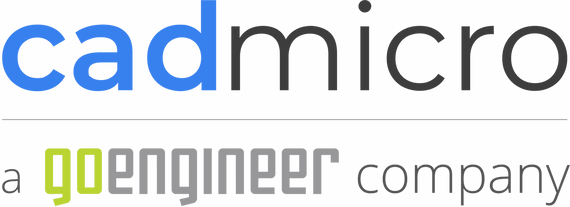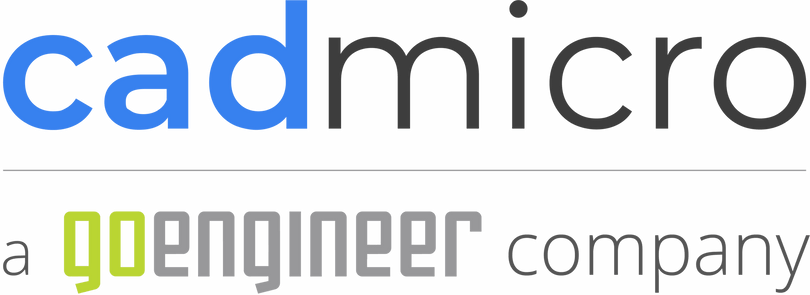
License Term



SOLIDWORKS
SOLIDWORKS MBD
Quickly define and organize design and manufacturing information to automate manufacturing, reduce ambiguity, and simplify production operations with SOLIDWORKS MBD. The intuitive software enables you to define, organize and publish 3D annotations, including 3D model data and industry-standard file formats.
Quickly and easily define and organize 3D dimensions, tolerances, datums, notes, BOMs, and other annotations. Customize publishing templates for manufacturing, like Part or Assembly Specifications, RFQs, and Incoming Inspection Reports, and publish to widely accepted formats like eDrawings, STEP 242, and 3D PDF.
Key Benefits
- Speed up time-to-market with tolerance-based automatic programming of tolerance analysis, tolerance optimization, Computer-Aided Manufacturing (CAM), Coordinate Measuring Machine (CMM), and other production applications.
- Program NC codes by viewing models and annotations in one place, rather than looking back and forth between 3D models and 2D drawings.
- Reduce scrap and rework with intuitive 3D annotations.
- Strategize datum and tolerance requirements during 3D designs - rather than adding them as an afterthought in 2D detailing - or switching back and forth between 3D models and 2D drawings.
- Avoid discrepancies between 3D models and 2D drawings which can result in massive manufacturing wastes.
- Align model-based annotations with manufacturing practices by automatically recognizing manufacturing features.
- Simplify document management processes by reducing the number of 2D drawings.
- Qualify for more business opportunities by complying with model-based definition standards and regulations such as the military standard 31000A.
- Reduce expensive service, support, and maintenance costs with unambiguous communications and less-fragmented 3D documentation.
- Reuse 3D content such as annotations and views in 2D drawings when 2D drawings are necessary to ease the transition from drawings to MBD.
Key Capabilities
For 3D annotations, SOLIDWORKS MBD can:
- Annotates models with datums, datum targets, basic dimensions, tolerances dimensions, polar dimensions, geometric tolerances, surface finishes, weld symbols, draft symbols, balloons, BOMs, notes, coordinate systems, reference geometries, intersection geometries, continuous features, compound features, and other Product Manufacturing Information (PMI).
- Defines feature-based annotations (DimXpert) for parts and assemblies.
- Copies DimXpert from a source configuration to other configurations to save time and maintain consistencies.
- Copies DimXpert from a source part to a derived or mirrored part for downstream manufacturing.
- Copies DimXpert from a source file to other files to migrate similar but different legacy models.
- Provides a predefined library of manufacturing features to align the definitions with manufacturing practices, such as pockets, slots, notches, cones, tori, counterbore holes, countersink holes, patterns, chamfers, and fillets.
- Recognizes manufacturing features automatically on native or imported solid bodies.
- Automates the annotation definition by the model type, tolerance type, pattern dimensioning, reference features, and scope.
- Analyzes, shows, and hides tolerance status to monitor the definition progress and catch potential oversights.
- Reuses DimXpert annotations from parts to assemblies.
- Pairs tolerances automatically from a source model to a mating model according to the fixed or floating fasteners formulas.
- Flags the Geometric Dimensioning and Tolerancing (GD&T) violations automatically against the ASME Y14.5-2009 standards or ISO 1101-2012 standards.
- Add associative dimensions to datum targets.
- Imports 3D annotations from non-SOLIDWORKS formats such as Creo®, NX, CATIA®, and STEP 242.
- Imports intelligent 3D annotation semantics into API attributes that are actionable for manufacturing software such as CAM and CMM programming.
- Defines software-readable general profile tolerances in notes or tables.
- Inset bend tables and bend notes automatically for sheet metal designs.
- Customizes tolerance tables in accordance with the ISO 2768-2012 standard.
- Customizes annotation text display scales.
- Provides MBD workflow-friendly part and assembly templates.
SOLIDWORKS MBD can also help with organizing 3D annotations with the following features:
- Visual and comprehensive 3D views.
- Resequencing of 3D views as a storyline to communicate intuitively with all key stakeholders.
- Reuse of 3D annotations and views in 2D drawings to save the effort in 2D detailing.
- Model break views to display long and repetitive features.
- Automatic showing and hiding of annotations as a model rotates.
- 3D annotation comparison between revisions from the SOLIDWORKS PDM Vault or outside of the vault.
3D communication is made more efficient with the use of SOLIDWORKS MBD, as it offers:
- STEP 242 export with software-readable 3D annotations.
- 3D PDF template customization with rich editing styles to comply with industry standards, company practices, and operational use cases.
- Out-of-box professional 3D PDF templates to save time in template customization.
- Multiple-page, multiple-viewport, and multiple-table 3D PDF publishing per the customized templates. These contain models, annotations, views, custom properties, special symbols, editable PDF fields, texts, and images.
- Associative and updated views and custom properties corresponding to multiple SOLIDWORKS configurations in one 3D PDF document.
- BOM tables and Notes publishing into 3D PDF documents.
- Flexibly display BOM tables to save space on a 3D PDF page.
- Cross-highlighting between a component in an assembly, in a viewport, and in the BOM table.
- Cross-highlighting from an integrated annotation to the associative feature in accordance with the ASME Y14.41- 2012 standard.
- Highlighting referenced datum features from feature control frames.
- Highlighting constructive basic dimensions from feature control frames.
- Sketch entities display in 3D PDF to facilitate the understanding of sheet metal bend lines or assembly exploded lines.
- Multiple attachments including STEP 242 upon 3D PDF publishing.
- Accuracy and file size controls on 3D PDF documents.
- Options to secure 3D PDF documents.
- Automatic cycling through all views in 3D PDF documents.

